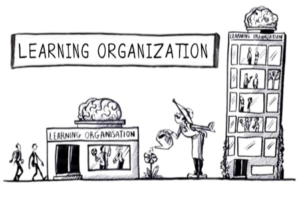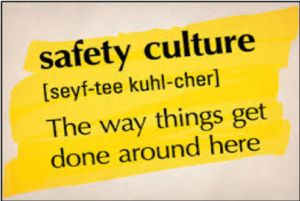Leading Organizations in the age of Constant Change
“The only constant is change”. We have heard this phrase a thousand times. But today, in the age of accelerating, unprecedented, and never-ending disruptions, both in technology and social norms, organizations need some clear guidelines on how to manage these changes in terms of business growth and more so in terms of cultural changes when dealing with employees. No room can be left for any ambiguity as the consequences can be devasting for organizations who fail to embrace these changes.
Take any industry today for example. We have technology changes happening very fast in terms of new and efficient methods of completing workflows, the introduction of a workforce and work order management systems and technology. So basically, the whole business model is changing fast. We, therefore, need to have an organization that can move faster and adopts many of these changes. There are no other options. So how do we go about doing this? There are a few guidelines:
Cultural Changes
Creating an environment where you can shape and transform the culture of the company to be more responsive is the single most important task of senior management. The old adage of learning, unlearning and re-learning applies well in these circumstances. Included here are the old values of trust, integrity, employee development, and empowerment.
Setting the Vision and Expectations
The single most important task of any leader is to set the long-term vision and expectations of the organization. It is then the job of the broader leadership team to set the tone and cascade this vision and expectations throughout the organization. In effect, ensure that the organization is tightly aligned from top to bottom.
Constant reinforcement of this vision and expectations, at all levels and at all times, is a must. Otherwise, there will be no changes.
Creating a Learning Organization
Learn, unlearn and re-learn. You can never say this enough time. Encouraging employees to experiment with new ideas, processes, and technology is one of the smartest things to do, yet many organizations have become rigid and unwilling to experiment. But encouraging experimentation is not enough. Organizations must at the same time create conditions in which employees can learn from this experience.
Investing in Employee Development
Organizations must invest in employee learning and leadership development. Many organizations complain about the cost involved. But, the cost of retaining mediocre employees is worse. Employees are the foundation of an organization. Ignoring their constant development is a sure recipe for failure.
Bringing it all together
So how do we bring all these things together? Organizations must learn to Listen, Be Patient and always continue to reinforce the cultural changes. Conduct employee surveys and listen to the “voice of the employees”. Senior management must always make themselves visible. Each organization is different. But the consensus is that the above subset of actions that an organization can take represents a more practical and executable set for most organizations. Communicating these fundamental beliefs should be an organization’s top priority.
Alnoor Ebrahim | Marketing and Strategy Development | Southern Cross
Frank Dancy | Chief Operating Officer | Southern Cross
Eric Reed | Human Resources | Southern Cross











